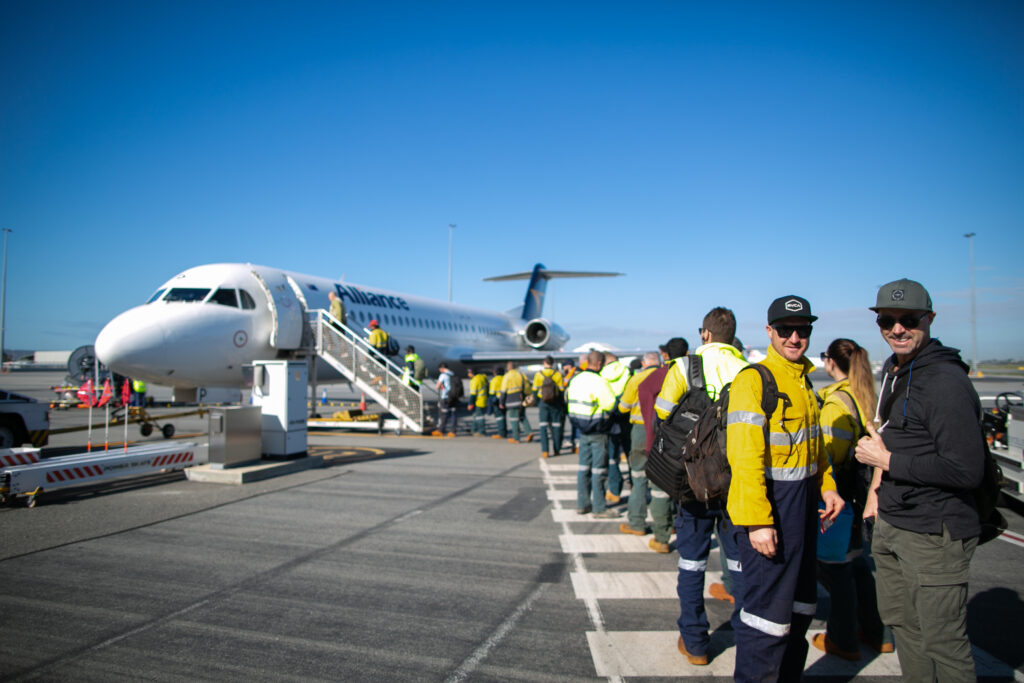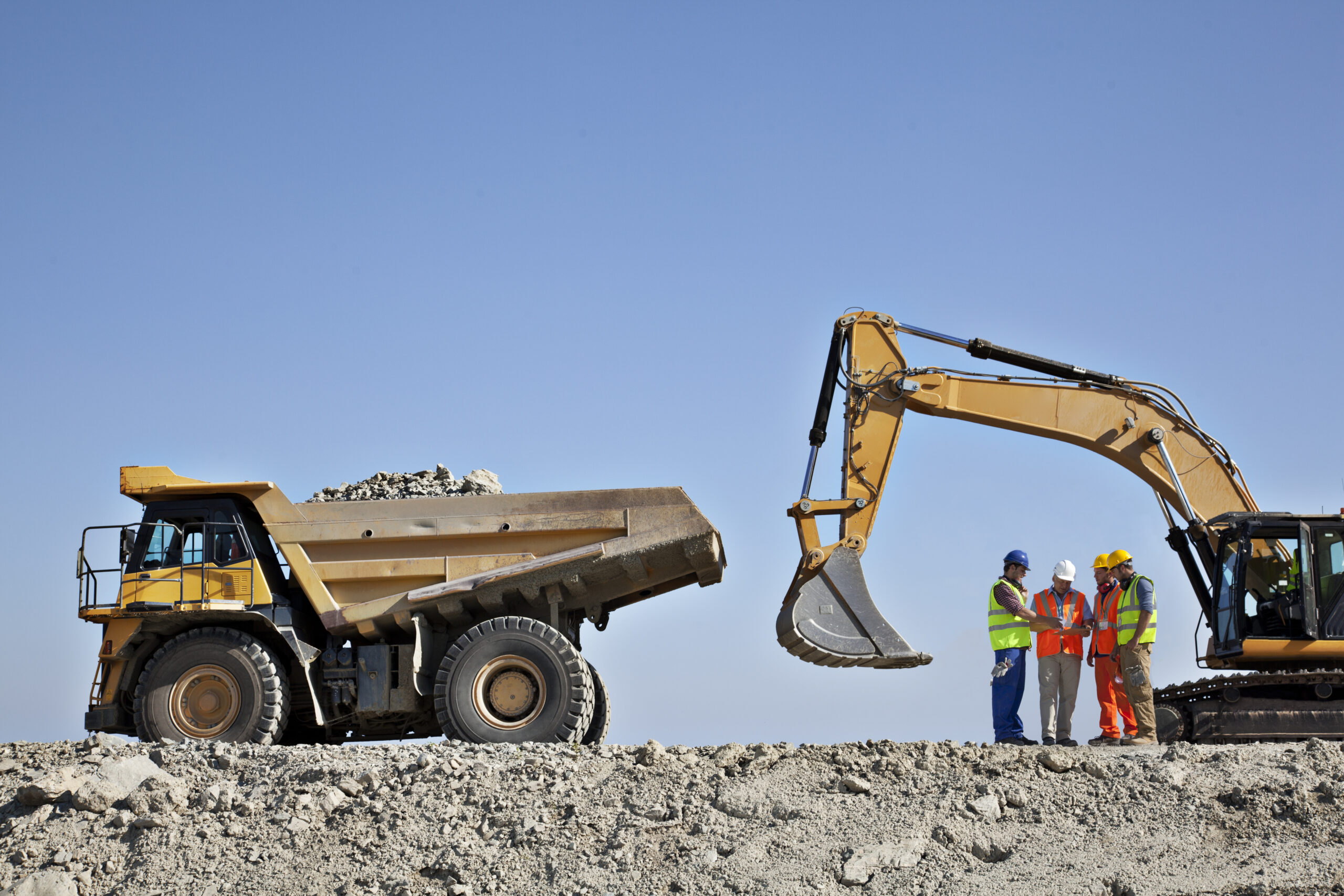There have been a number of important legal, regulatory and compliance developments in OHS over the past years, and while they potentially add complexity they also converge to add strength and diversity to the practice of OHS, according to Peter Marshall, senior lecturer in OHS and risk engineering at CQUniversity.
“The development of the new ISO45001:2018 Standard for Occupational Health and Management Systems provides us with a chance to reflect upon our management of safety,” he said.
“It seems that there has been a barrage of ideas and ‘must do’s’ over the past six years since the introduction of the harmonised WHS legislation so what should get our attention?
“The good news is that most ideas work for someone, but perhaps not everyone, so we have choices, options and decisions,” said Marshall, who will present a paper on safety systems, culture and resilience at the SIA Visions Conference 2018, which will be held at the Mantra Southport on the Gold Coast from 5-7 September 2018.
Marshall proposed that these ideas are in fact convergent and rely on traditional hazard identification and risk assessment and enable more comprehensive and effective risk management.
“The emphasis on risk cannot be overstated: it’s all about the risk,” he said.
“Accidents cause damage, loss and injury that harms our business while workers have a moral right to go home as well off physically and mentally as when they arrived at our workplace.
“Furthermore, our good risk assessment must deliver risk control day-in-day-out until the end of the project.”
Safety systems ensure that organisations get organised, he explained.
“By implementing a plan-do-check-act quality process, we make adequate preparation and resource for safety, implement risk controls and then check that our plans work,” he said.
Safety systems should be based upon a practical and realistic needs analysis of the business and its processes, and Marshall said the new ISO45001:2018 has more emphasis on implied aspects of AS/NZS4801:2001 that may assist with cultural issues, and particularly needs analysis, contractor management and change management.
Nevertheless, he said any organisational mistrust or a culture that does not place safety above production targets may undermine safety management systems.
Safety culture also permeates every aspect of activity and risk management: “Moreover, recognition of sociotechnical systems with emergent properties and the disruptive threats at our door from global socio-political change, technological change and the internet of things means that change is inevitable and risks are not as easily foreseeable as they once were,” he said.
“This requires that organisations achieve a culture of ‘mindfulness’ and tactical leadership as described by a resilient organisation.
“Development of a resilient organisation may follow the path to the generative high-reliability organisational culture described by Hudson.
“A high-reliability organisation will seek bad news, being on the perpetual lookout for emerging threats as well as improvement opportunities.”
Marshall said the agility embedded in the resilient approach makes these organisations better able to cope with and manage unexpected risk.
“This is not an undisciplined approach but a culture that is embedded within and enabled by the safety management system,” he said.














